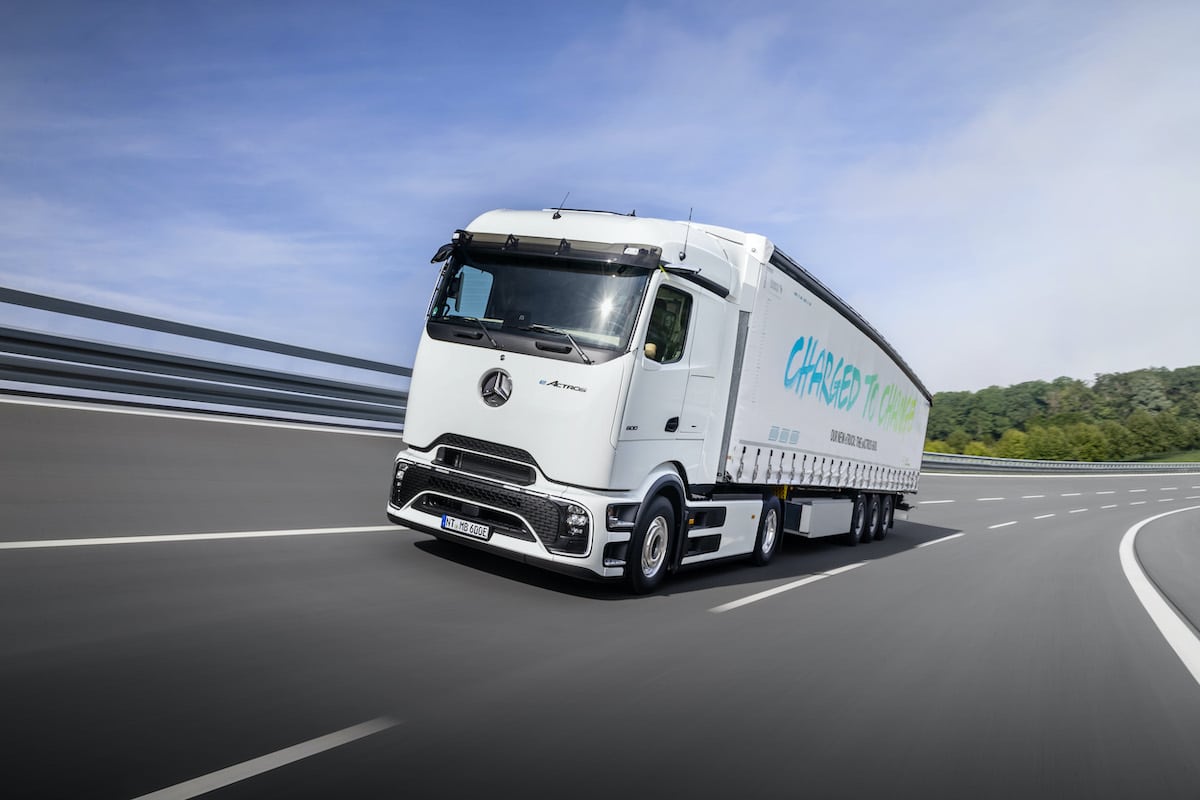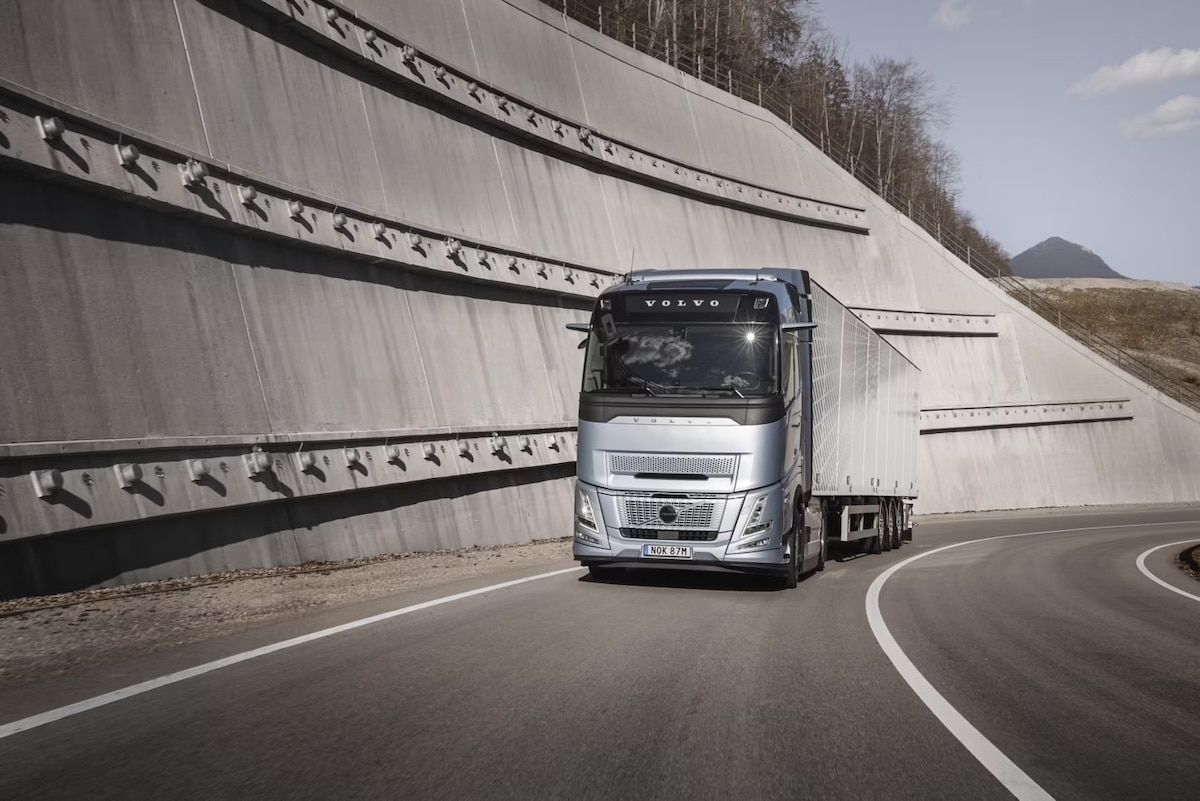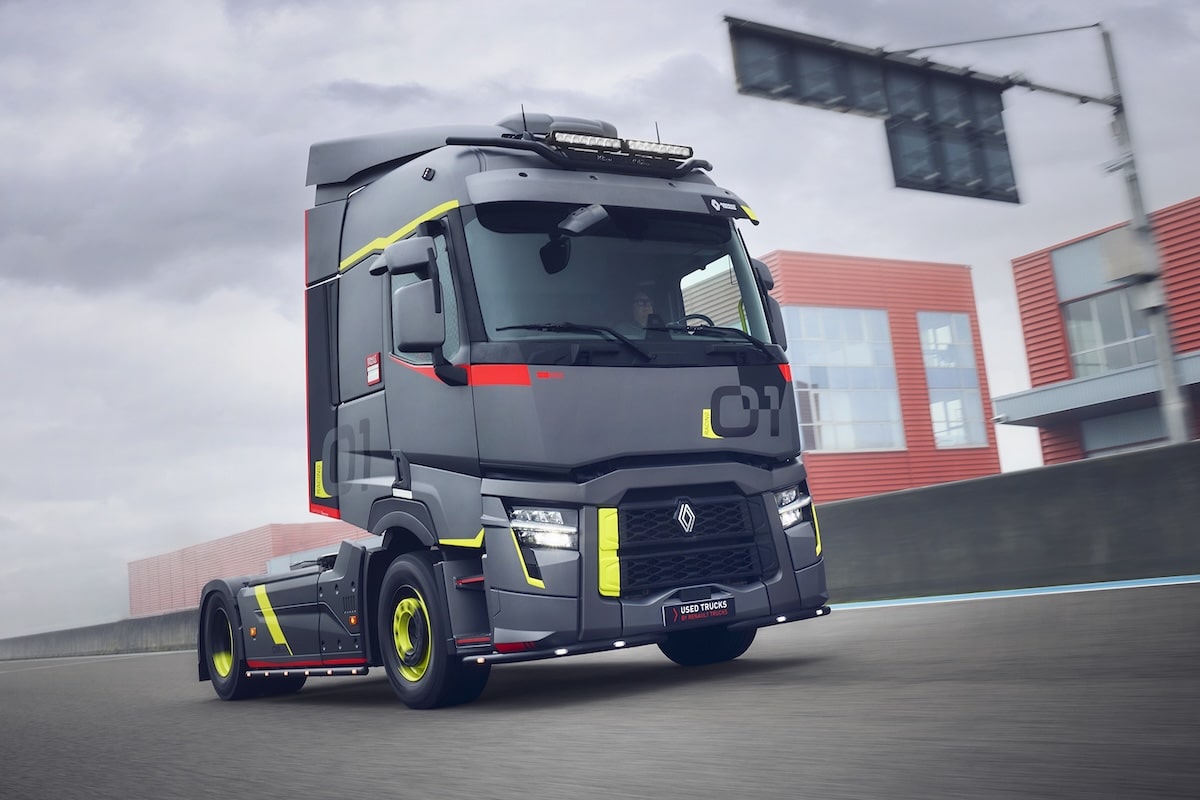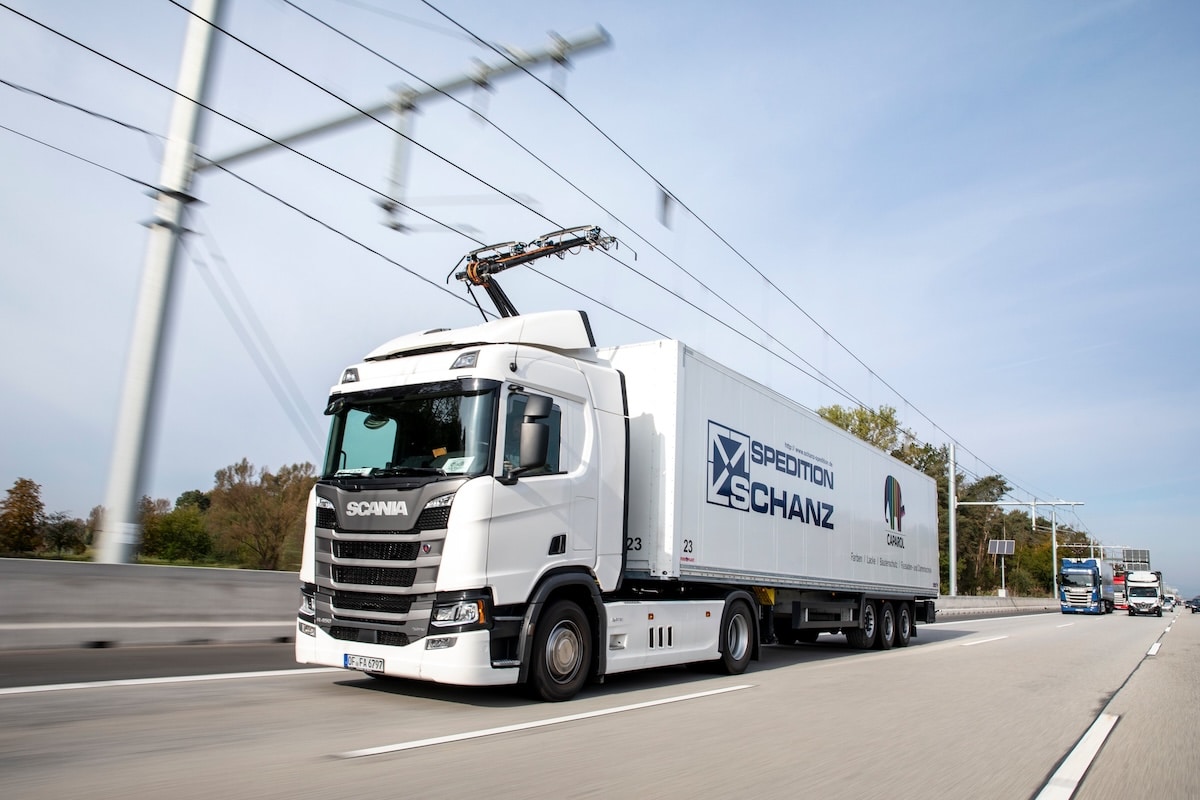Are We Ready for Electric Road Transport?

The success of this electrification of road transport primarily depends on the appropriate deployment of charging infrastructure.
Enedis, TotalEnergies, VINCI Autoroutes, and six European manufacturers – Iveco, MAN, Mercedes, Renault, Scania, and Volvo – have come together to assess the needs and challenges of long-distance electric freight transport. An opportunity to take a precise look at the current state of charging infrastructure and plan for their adaptation.
Road freight transport accounts for 90% of freight flows in France and 7% of greenhouse gas emissions. Manufacturers are committed to developing battery-electric heavy-duty vehicles, the main zero-emission technology at the exhaust, but their success depends on suitable charging infrastructure.
New Needs
By 2035, 12,200 charging points will be required solely for in-route charging of heavy vehicles across 519 service and rest areas. 10,000 usable during long breaks and 2,200 for short stops with fast charging. These infrastructures will naturally need to coordinate with those dedicated to cars. For example, they must be able to cope with busy weekends that could coincide with weekdays for heavy trucks.
Apart from investments in charging stations and rest area developments, that is, only for upgrading the electrical grid, the estimated investment amounts to 630 million euros.
All parties involved agree that this goal is achievable by 2035, provided that deployment is well planned and work demands are anticipated. New modes of transportation primarily require new ways of thinking.
ALSO READ: Mercedes outpaces Tesla and sells 1,000 eActros trucks to a customer
This page is translated from the original post "Sommes-nous prêts pour le transport routier électrique ?" in French.
We also suggestthese articles:
Also read







